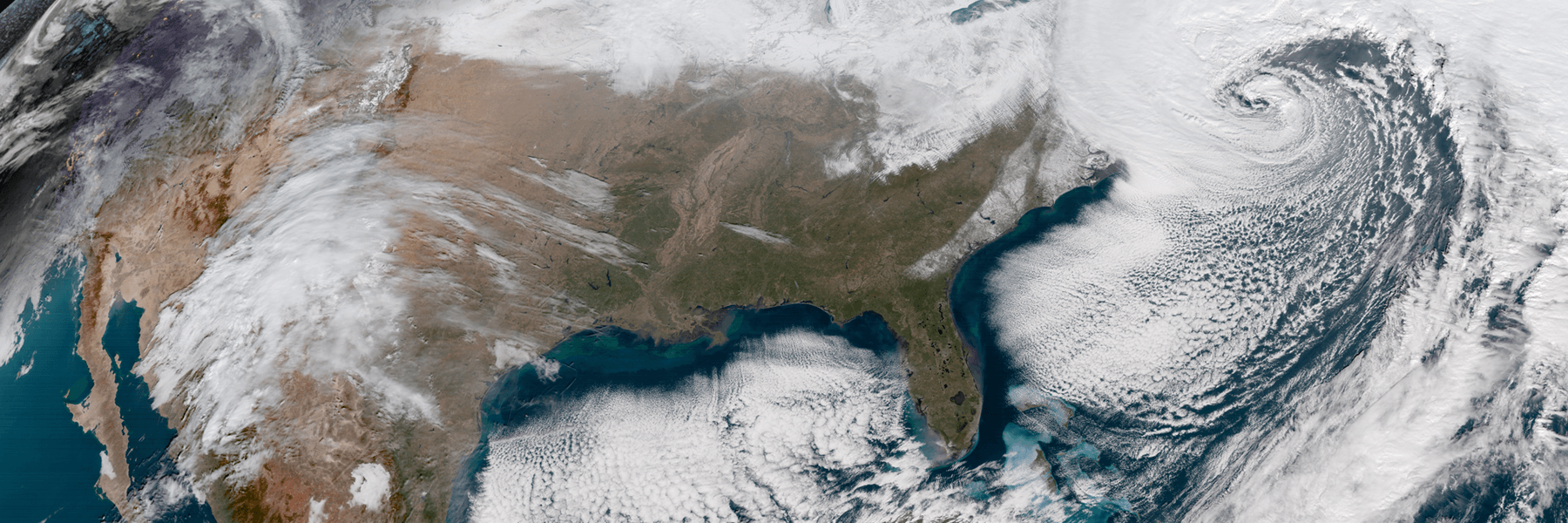Researchers develop new model for more usable 3-6 week forecasts

Currently, usable daily weather forecasts cannot be made more than 15 days in advance. Any small initial uncertainties in the picture of the atmosphere (for example, wind, temperature, and pressure) at the time of the forecast will lead to errors that could become as large as the weather being predicted. Recently, however, focus has turned to “subseasonal” forecasts, predictions of weekly averaged weather made 3 to 6 weeks ahead. These forecasts are useful because climate phenomena, such as El Niño, sometimes produce persistent weather patterns that might be predicted even though individual storms within them cannot be. To identify when these “forecasts of opportunity” will occur, researchers from CIRES and the ESRL Physical Sciences Laboratory developed a subseasonal forecast model that can predict when its own forecasts—and those of sophisticated physical models from U.S. and European operational centers—will be usable. Their results, recently published in Geophysical Research Letters, show a path forward to developing techniques for identifying usable subseasonal forecasts in advance, providing practical forecast guidance to a variety of end users.
The model developed for this study successfully identifies the 20–30 percent of forecasts at Weeks 3 and 4, and 10 percent of forecasts at Weeks 5 and 6 that are usable.
Forecasts are useful to end users only when they can be relied upon to be accurate a majority of the time. Because 70 percent of Week 3-6 forecasts have almost no skill, they are of little practical use. The new forecast skill identification technique used in this study changes this paradigm by letting end users know when they should (or should not) take long-range forecasts into account in their decision making processes.
Authors of 'A Priori Identification of Skillful Extratropical Subseasonal Forecasts' are: John Albers and Matthew Newman of CIRES and PSL.
Posted: December 10, 2019